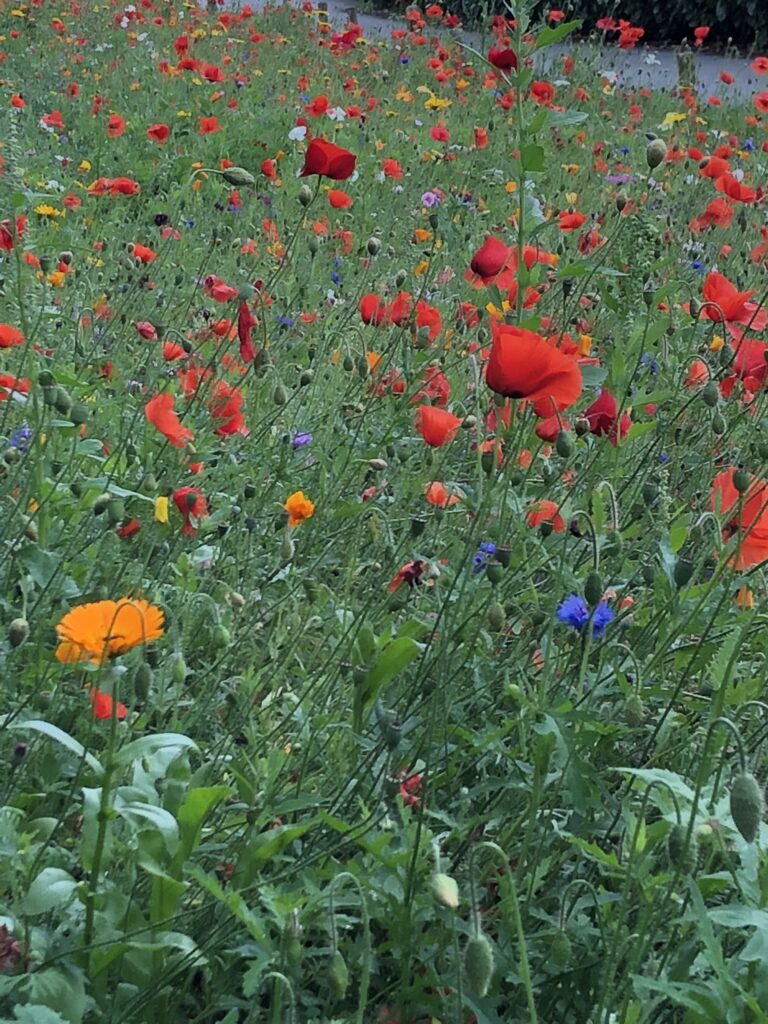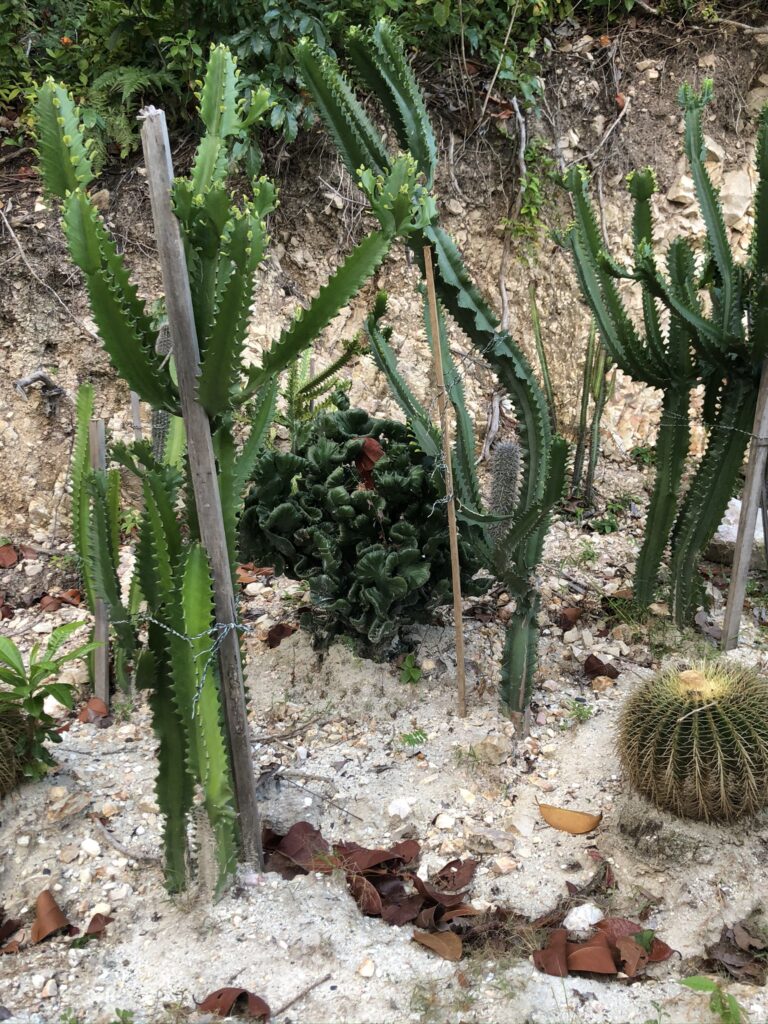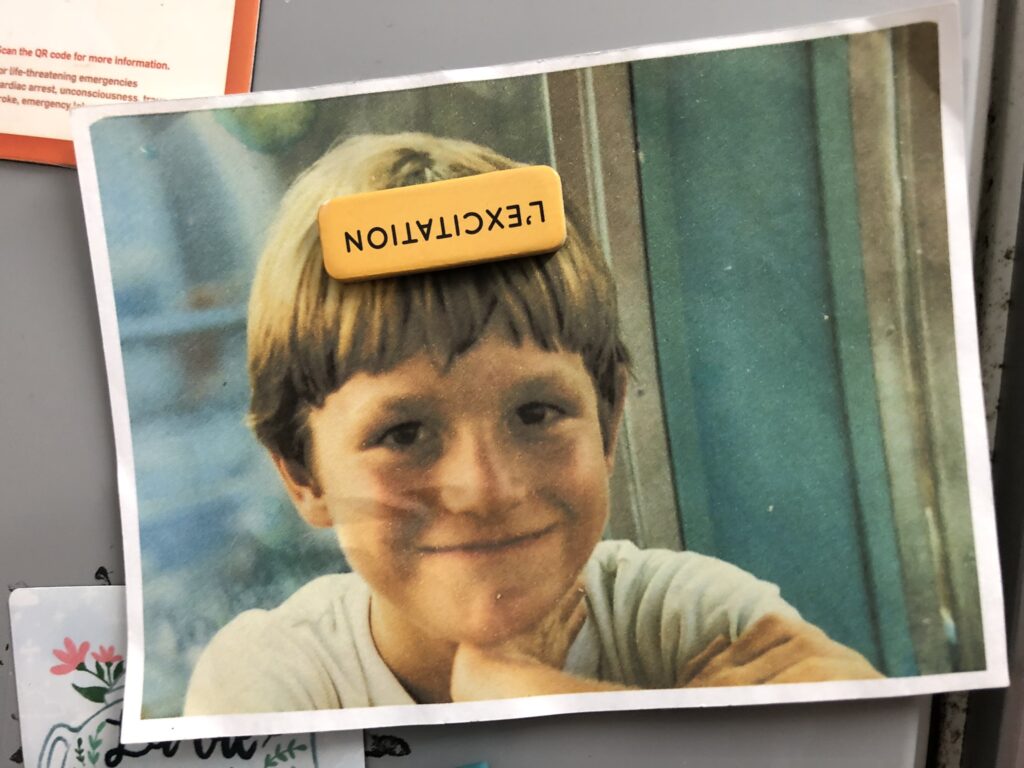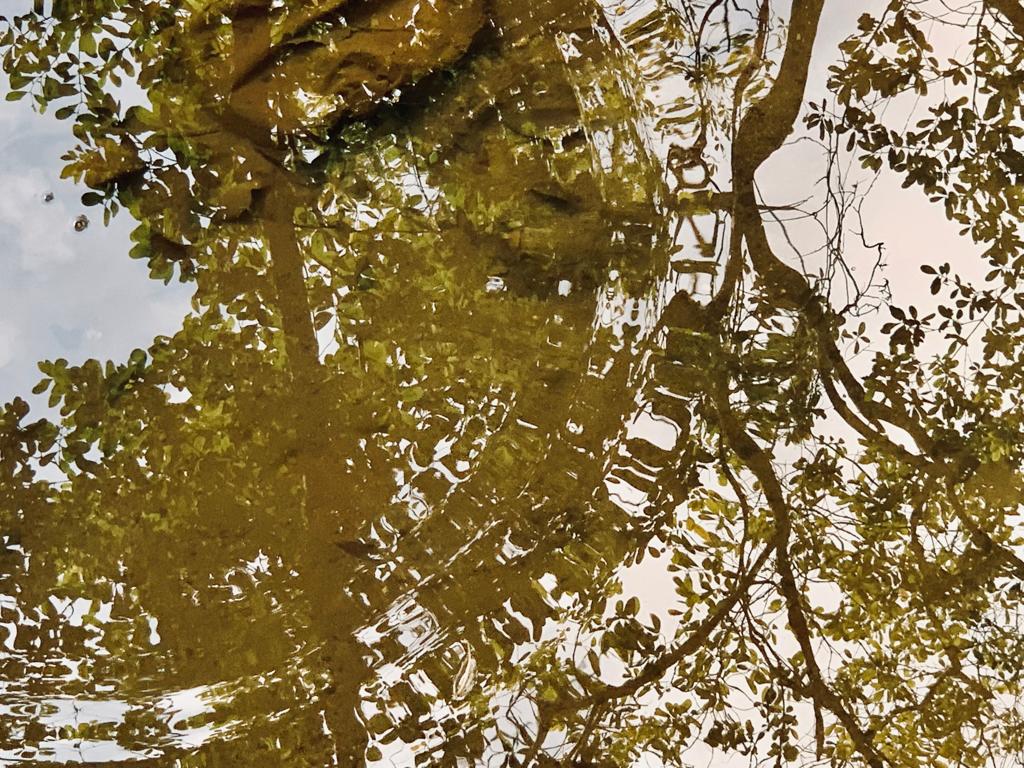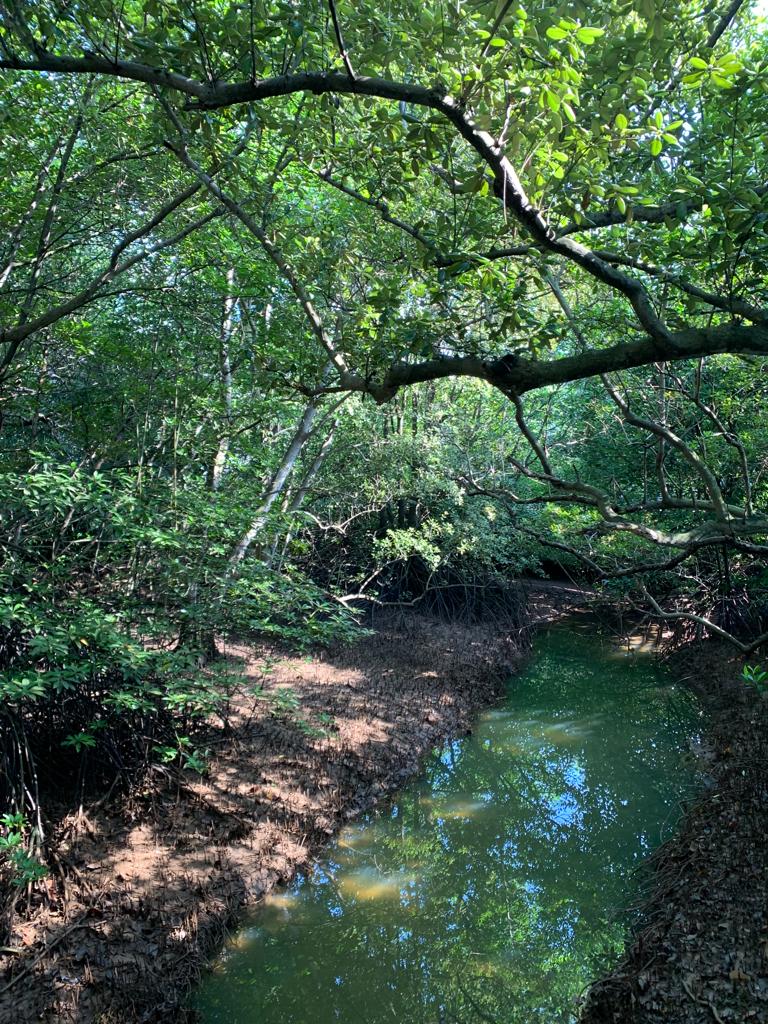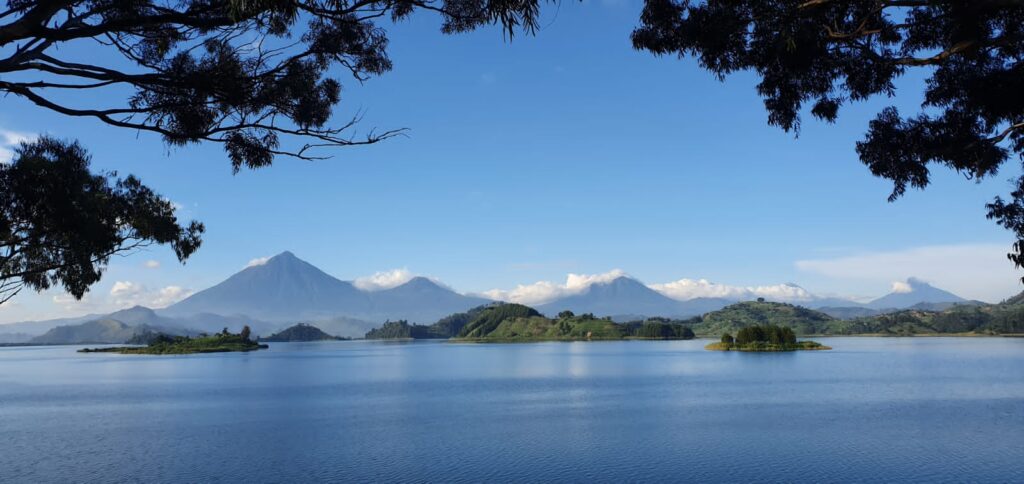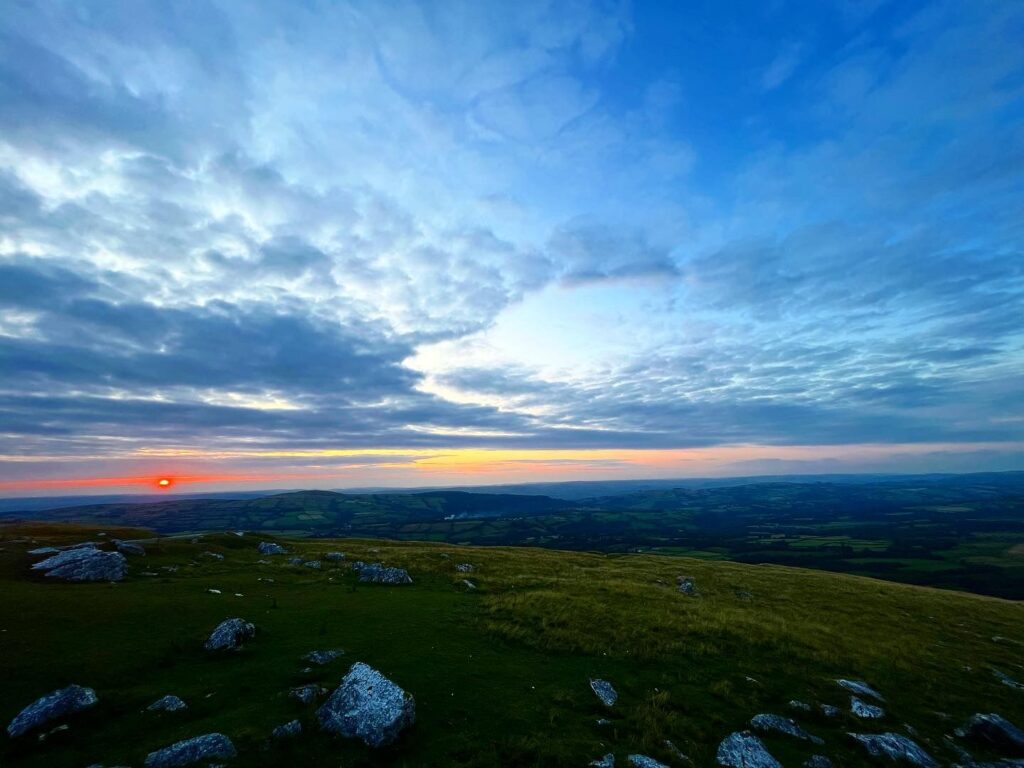“Your Conscious-self is: The captain of your inner ship directing the crew, The CEO of your consciousness, setting the direction of your inner organization, & the conductor of your inner orchestra, co-ordinating all the different sub-elements of the self into a coherent unity”
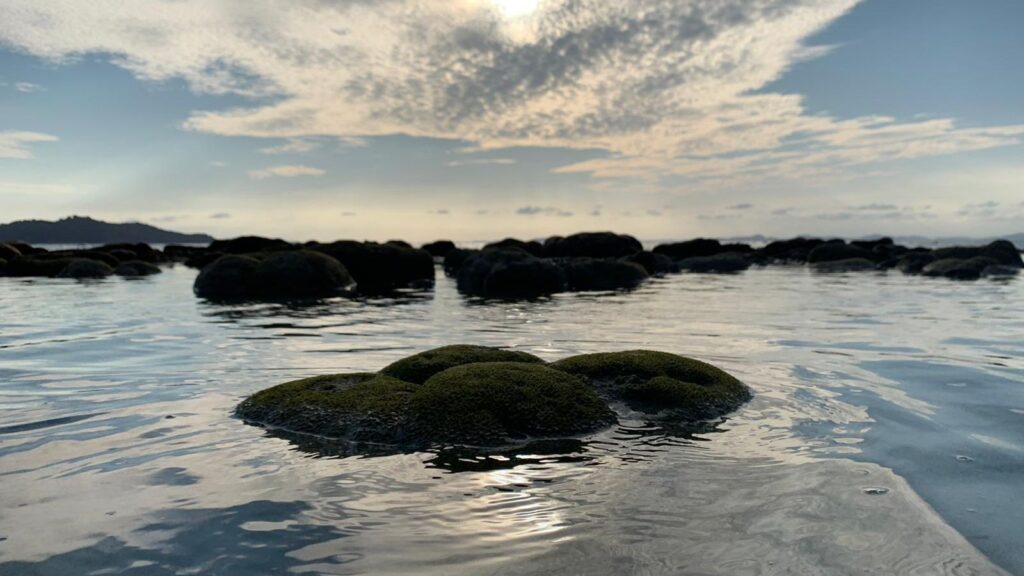
Dear Integral Meditators,
This week’s article explores the theme of the Conscious-self, and it’s importance in the health and wellbeing of our self-sense and personality. If you enjoy it, then do consider coming along to the Mindful Presence Masterclass & group coaching: The Inquisitive Sumo Wrestler – Turning up to life calm & curious , where we will be looking at mindfulness practices to create a high-functioning Conscious self.
If you like you can combine the Masterclass with the Qi gong class as an Integral Life Practice Session. It’s a morning you will come out of feeling at the top of your game!
In the spirit of your inner CEO,
Toby
The Conscious-self – Captain of your ship & CEO of your body-mind
The Conscious-self is that part of you that is aware in the present, and of what it finds in the present moment. This includes:
- Sensory orientation in your environment
- Co-ordinating what is going in within the body
- Content of mind; thoughts, emotions, patterns of mental activity
- The activity of your subconscious mind
- Awareness of awareness itself, and where we are directing it through attention in any given moment
The Conscious-self is responsible for the wellbeing of our body, mind, and emotions. It oversees our choices and decision-making process. It is in charge of how we deploy our energy and resources. It is in charge of our life-plan and self-discipline. All the different sub-personalities that exist within ourself should be marshalled by and taken care of by the conscious-self. Think of your Conscious-self as being like:
- The Captain of your Ship directing the crew
- The CEO of your consciousness, setting the direction of your inner organization
- The conductor of your orchestra, co-ordinating all the different sub-elements of the self into a coherent unity
The Conscious-self (C-S) is supported by your higher mind (your soul-level or philosophical/principled self), and your Overmind, or spiritual being. These appear mainly as aspects of our values, imagination & intuition that the C-S can access and refer to for guidance. The C-S is in charge of co-ordinating our ego and personality in everyday life, directing it towards a sense of effectiveness in the face of challenges, and happiness in its various forms. The Higher and Over-mind’s are like a wise inner ‘Board of directors’ that the C-S can refer to for advice and wisdom.
Leading yourself through life
The Conscious-self is, in essence the leader of your consciousness. As the leader, its main functions are:
- Creating a compelling vision for the rest of the personality to follow, that can take us boldly and enthusiastically into our future from where we stand in the present
- Getting the ‘buy in’ from the rest of the personality. For example, if a part of us is feeling doubtful about the vision, the C-S needs to listen and help the doubter to come along for the ride.
This leadership function is very much like the CEO of a company; The main job is envisioning the future creatively, getting the buy-in from the team, and then delegating tasks to the team members. The C-S delegates to the other parts of self, tells them what to do and why they are doing it!
Contemplation
Being present as your conscious mind – In meditation, get used to sitting and centring yourself in your conscious-self. Practice being present to the content of your consciousness, observing the movement of the different elements. Get used to distinguishing the C-S as the Captain and CEO in charge, and the other activities of your consciousness, which are what your C-S oversees.
Observing your relationship to choices – Notice how comfortable your C-S is with making choices and taking responsibility. Notice when you want to ‘duck’ choices, feel anxious and confused, want to give away responsibility for what you need to decide on. Work on getting more comfortable, confident, and responsible in this space.
Inspiring and supporting – From your position as the C-S, the CEO of consciousness, the captain of your ship, set an inspiring direction:
- For the next 3-5 years,
- For the next year, 6 months, 3 months
- The next month, week, day,
- For the next activity today!
Create a vision for your life that the rest of your body, mind and personality can follow. Then delegate tasks, and support your sub-selves, getting them on board and up for the program.
In conclusion, a high-functioning Conscious-self is the key to effective self-leadership, and to organizing your life effectively. The proposition would also be that the better at self-leadership you become, the better you will tend to be at outer leadership…
Article content © Toby Ouvry & Integral Meditation Asia 2023. you are welcome to share, but please cite the source, thanks! Contact info@tobyouvry.com
Integral Meditation Asia
Online Courses * 1:1 Coaching * Books * Live Workshops * Corporate Mindfulness Training *Life-Coaching * Meditation Technology
